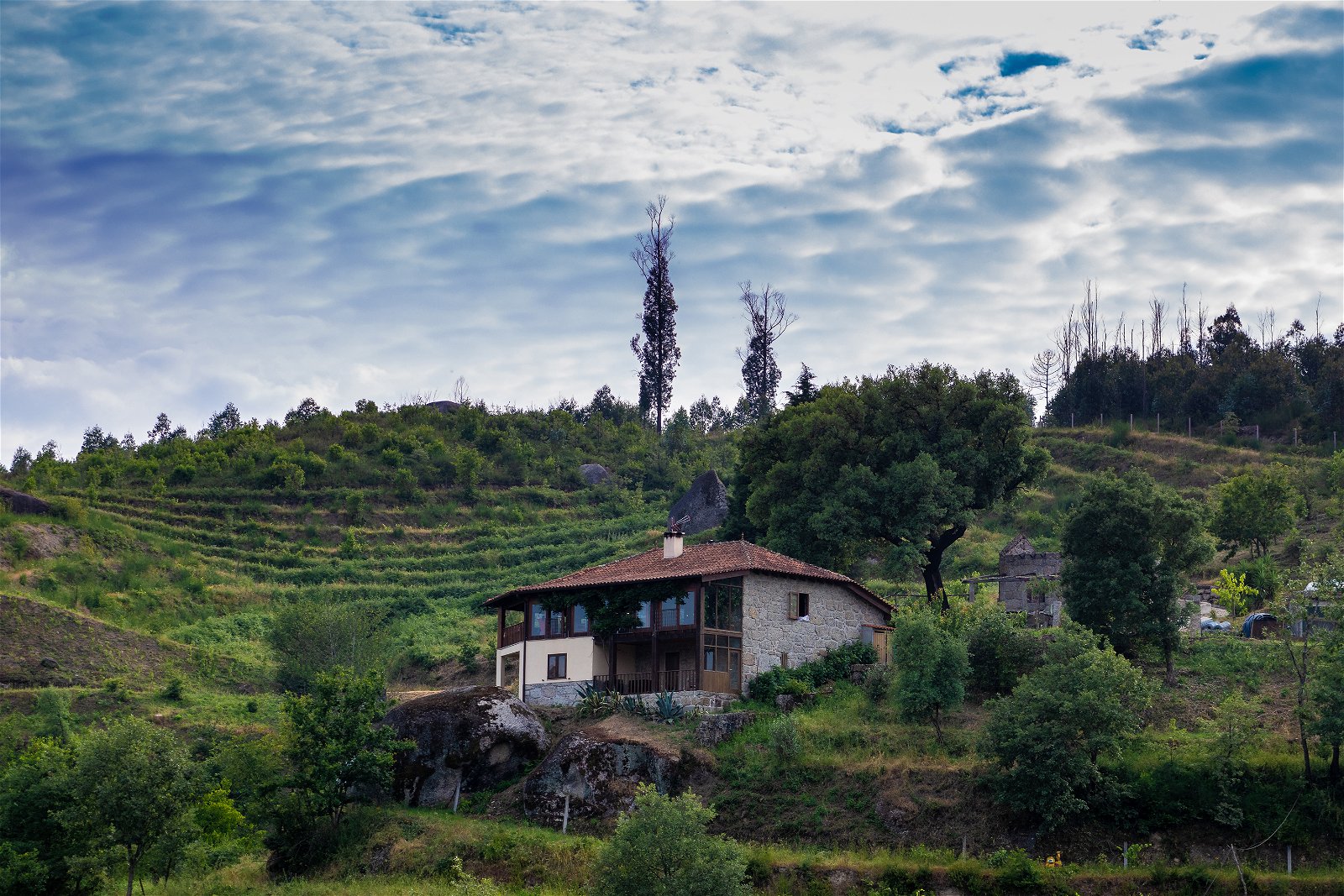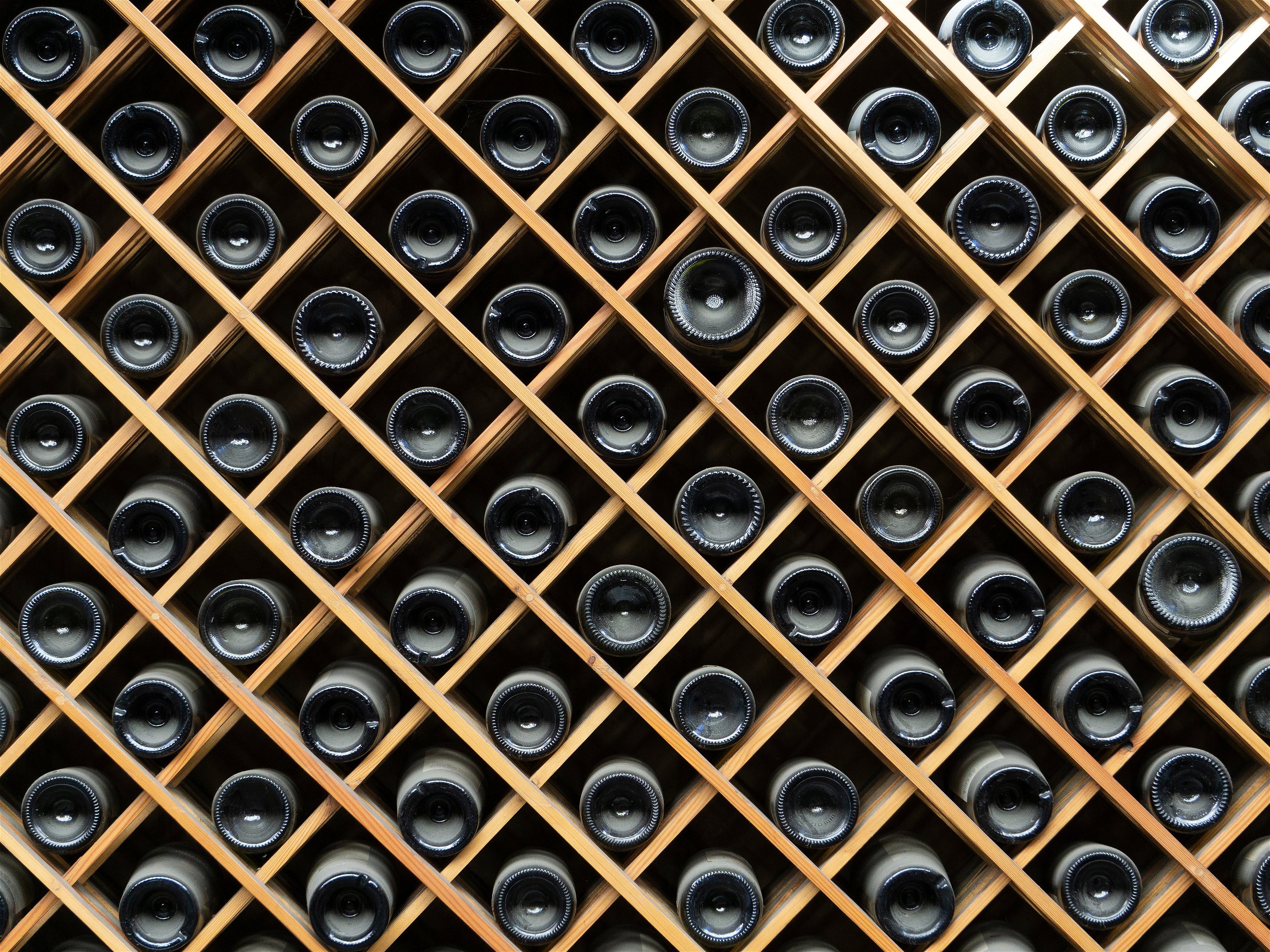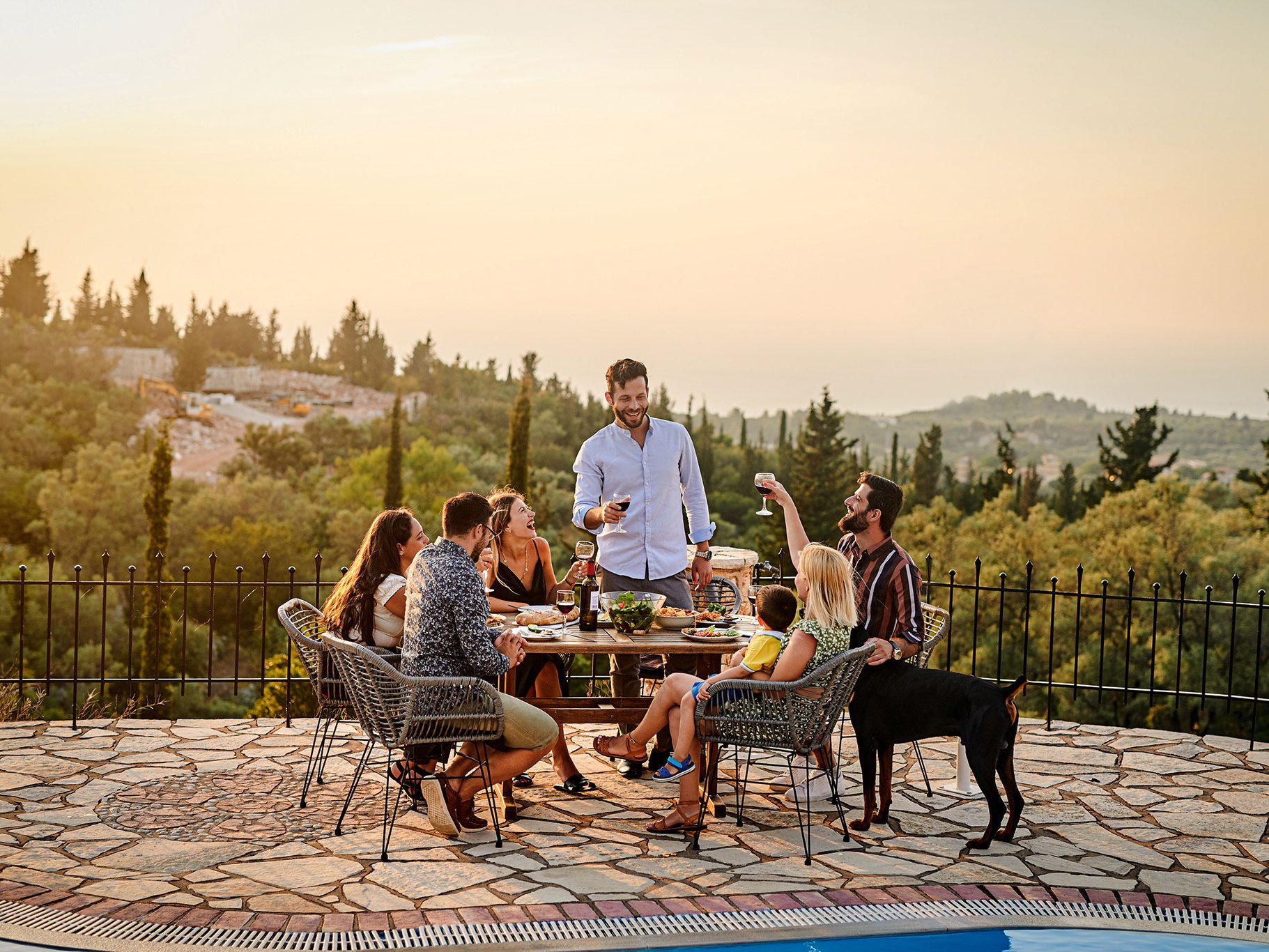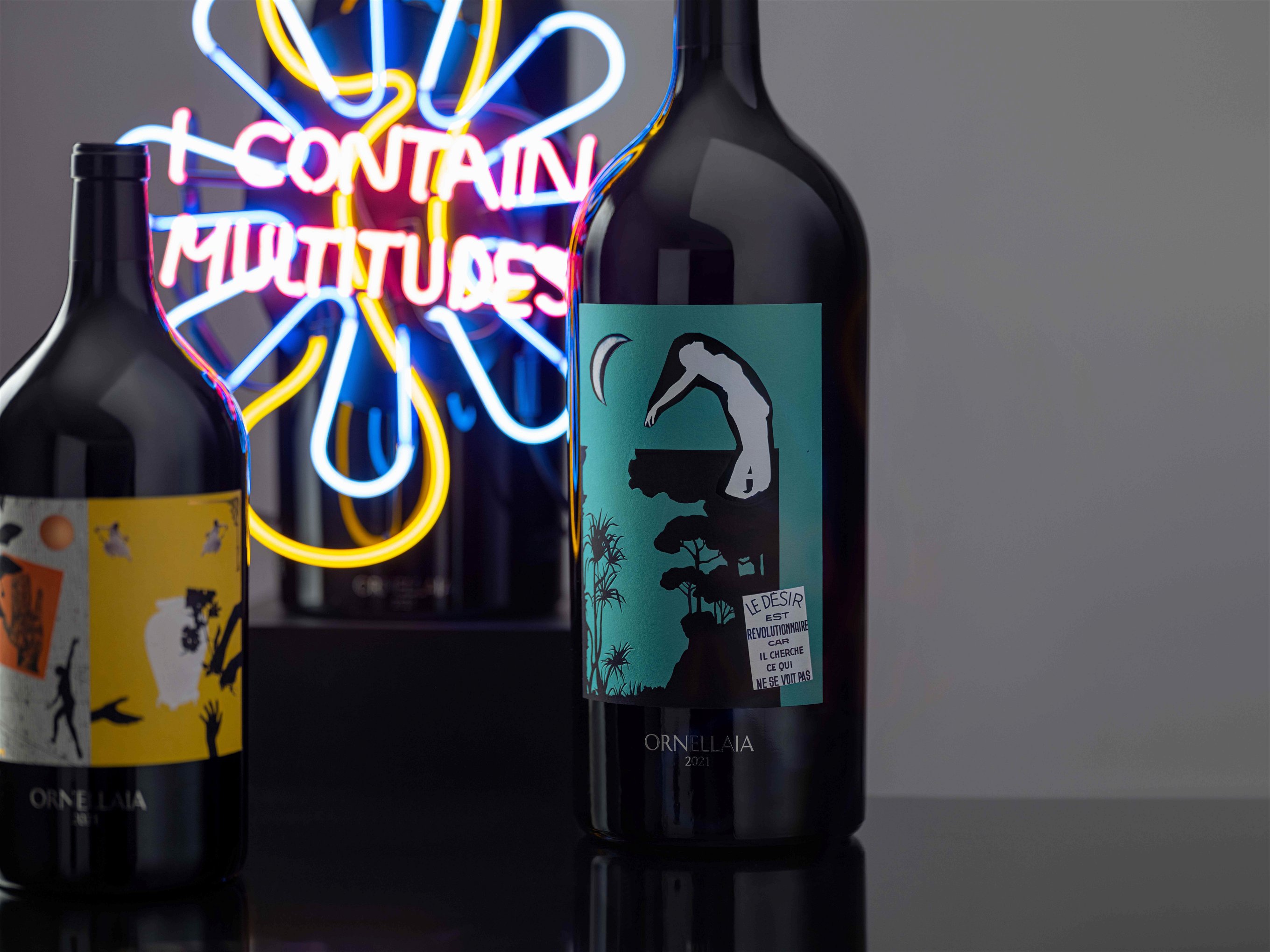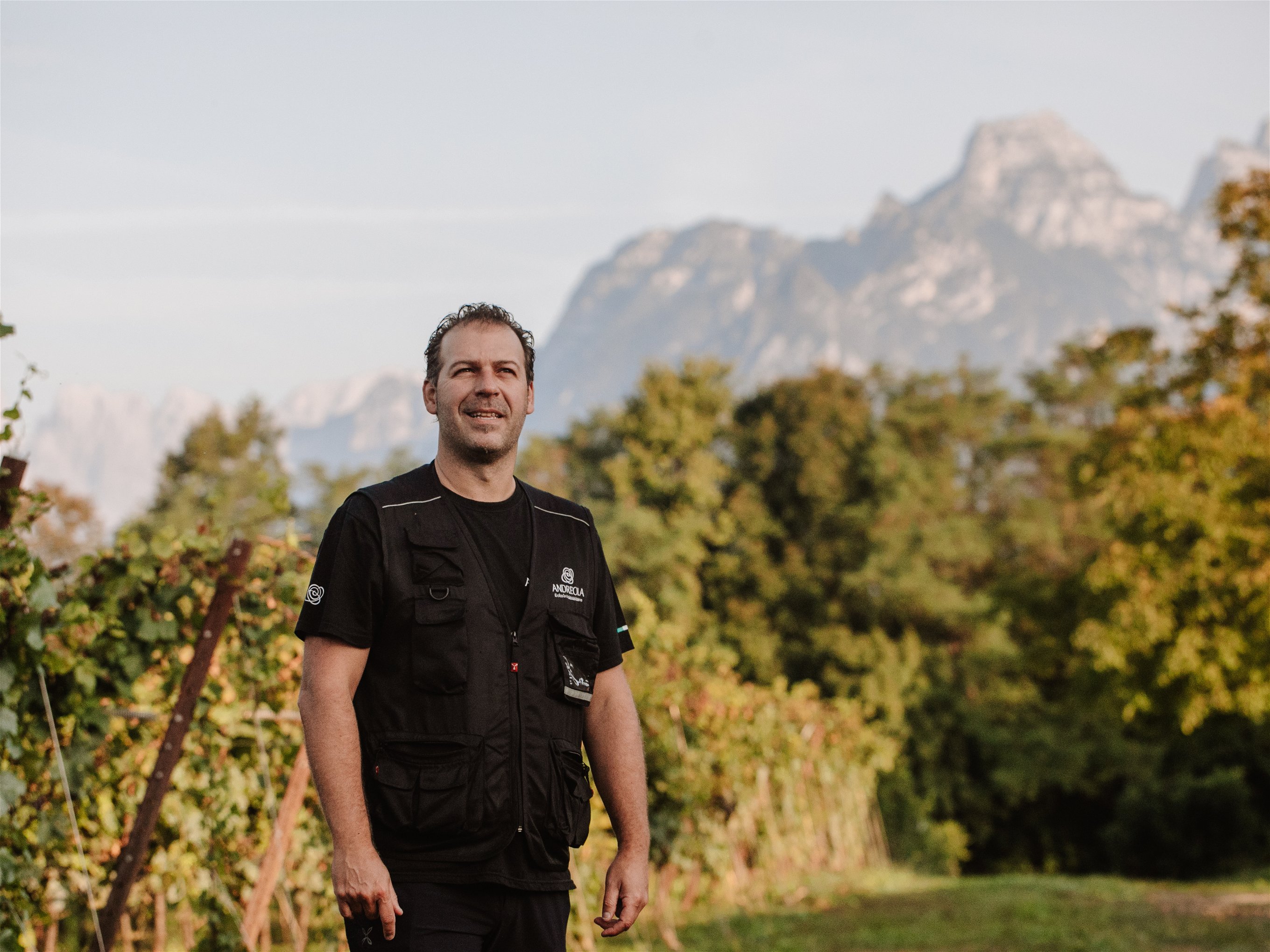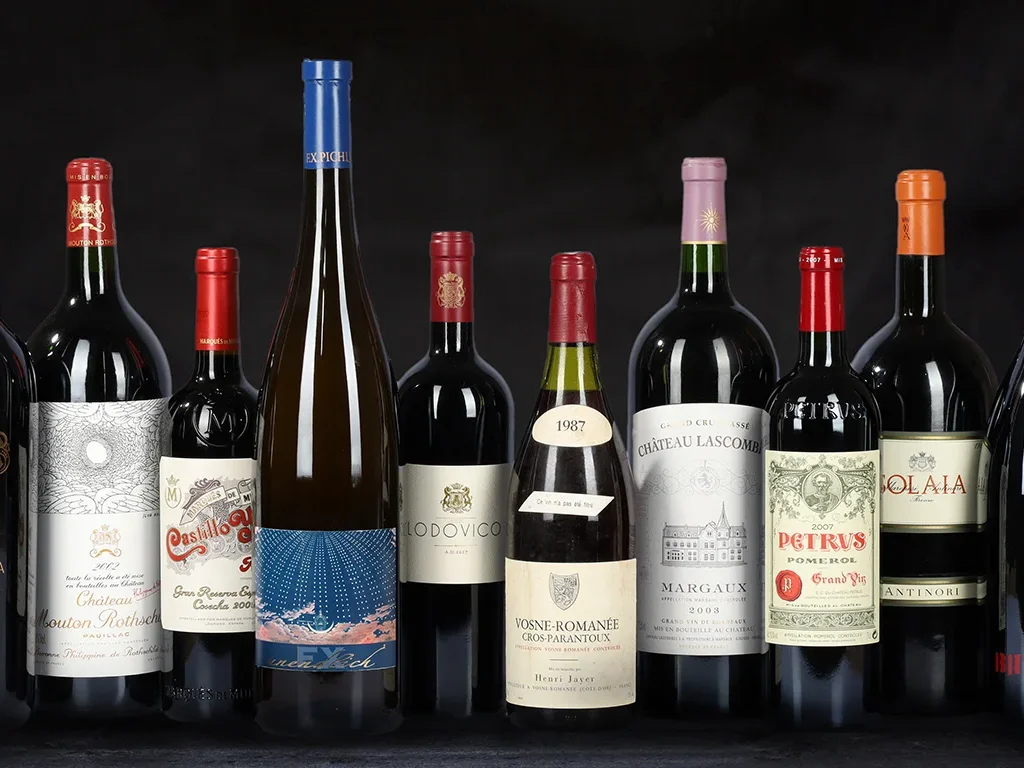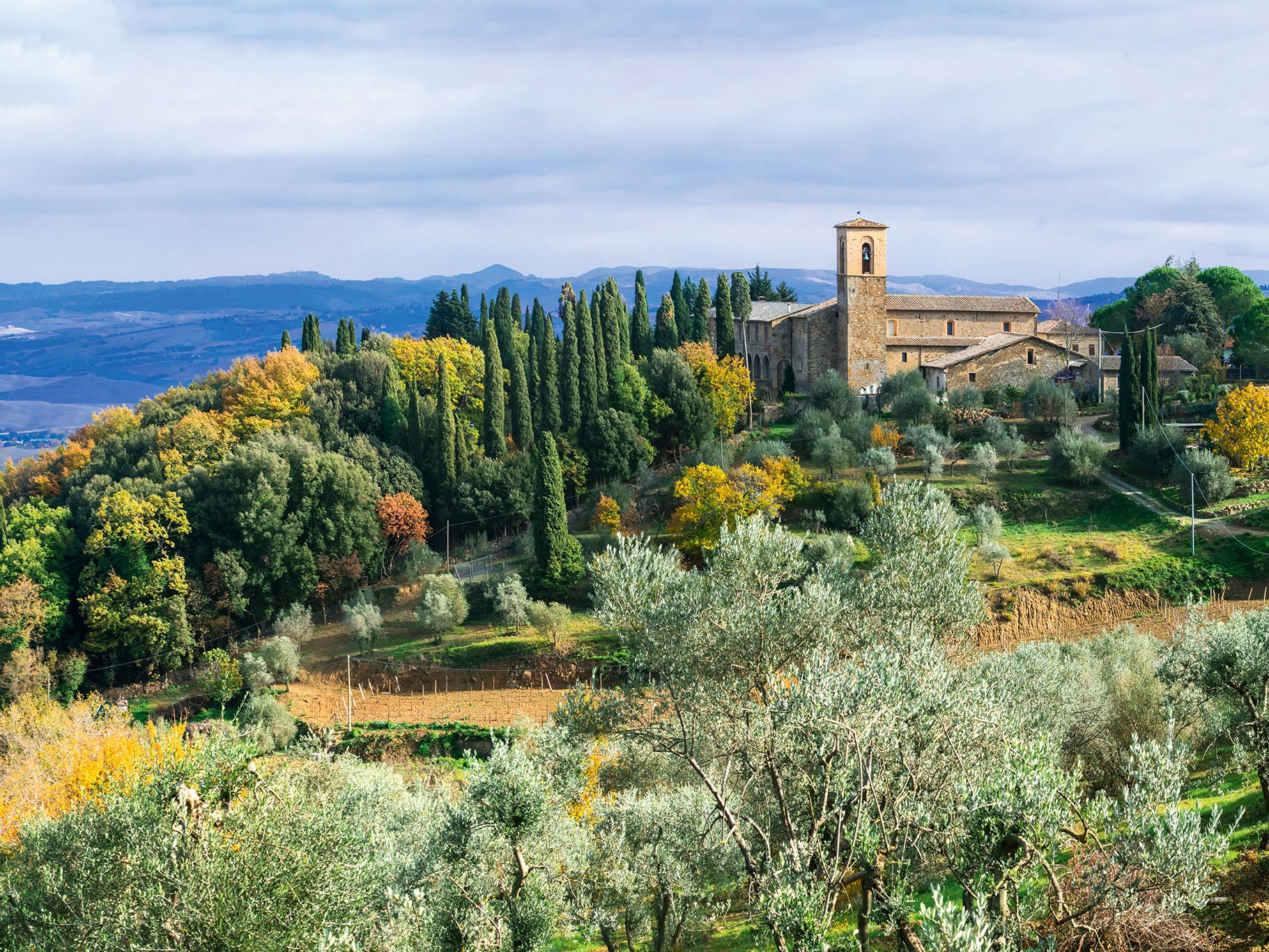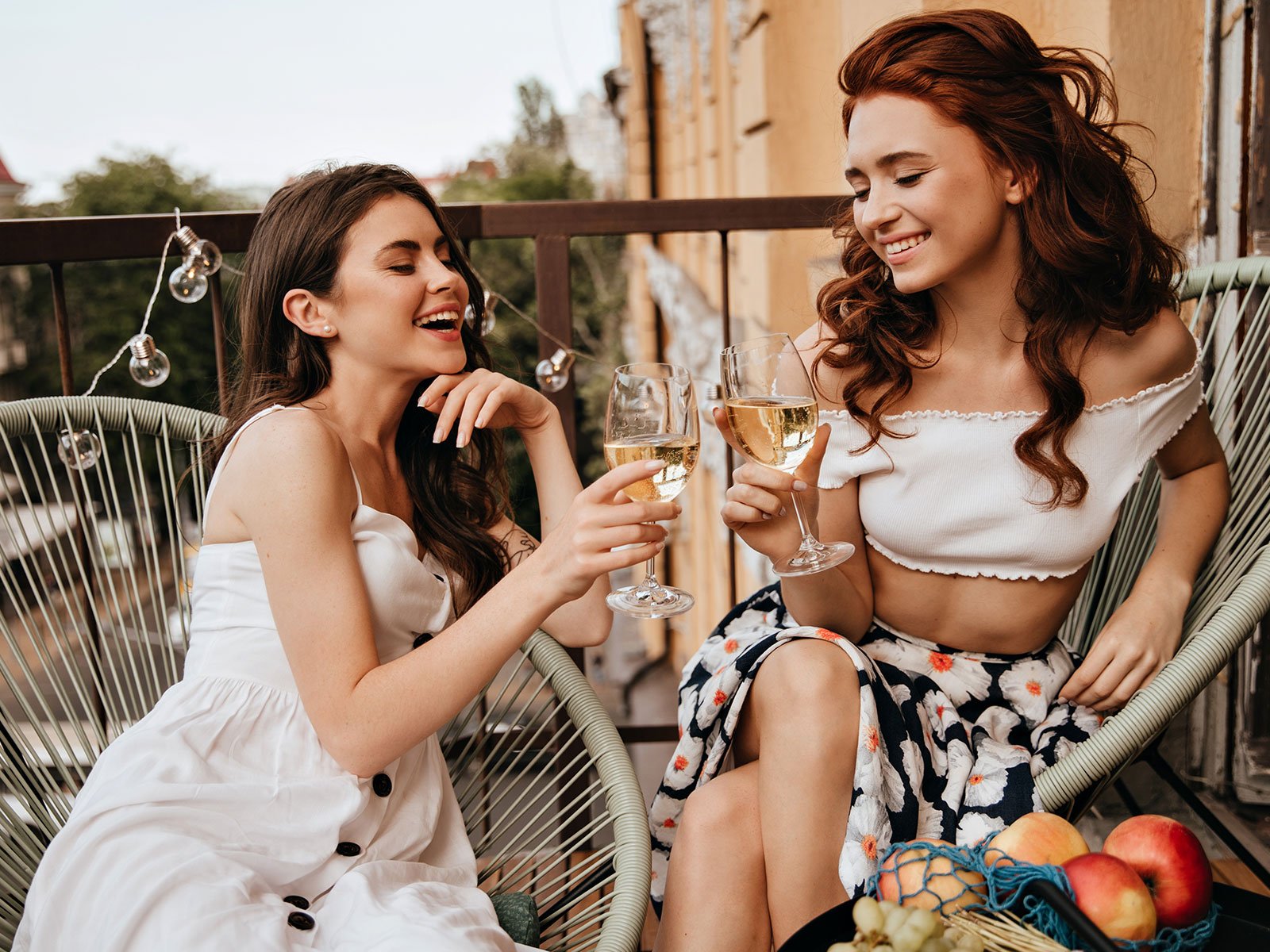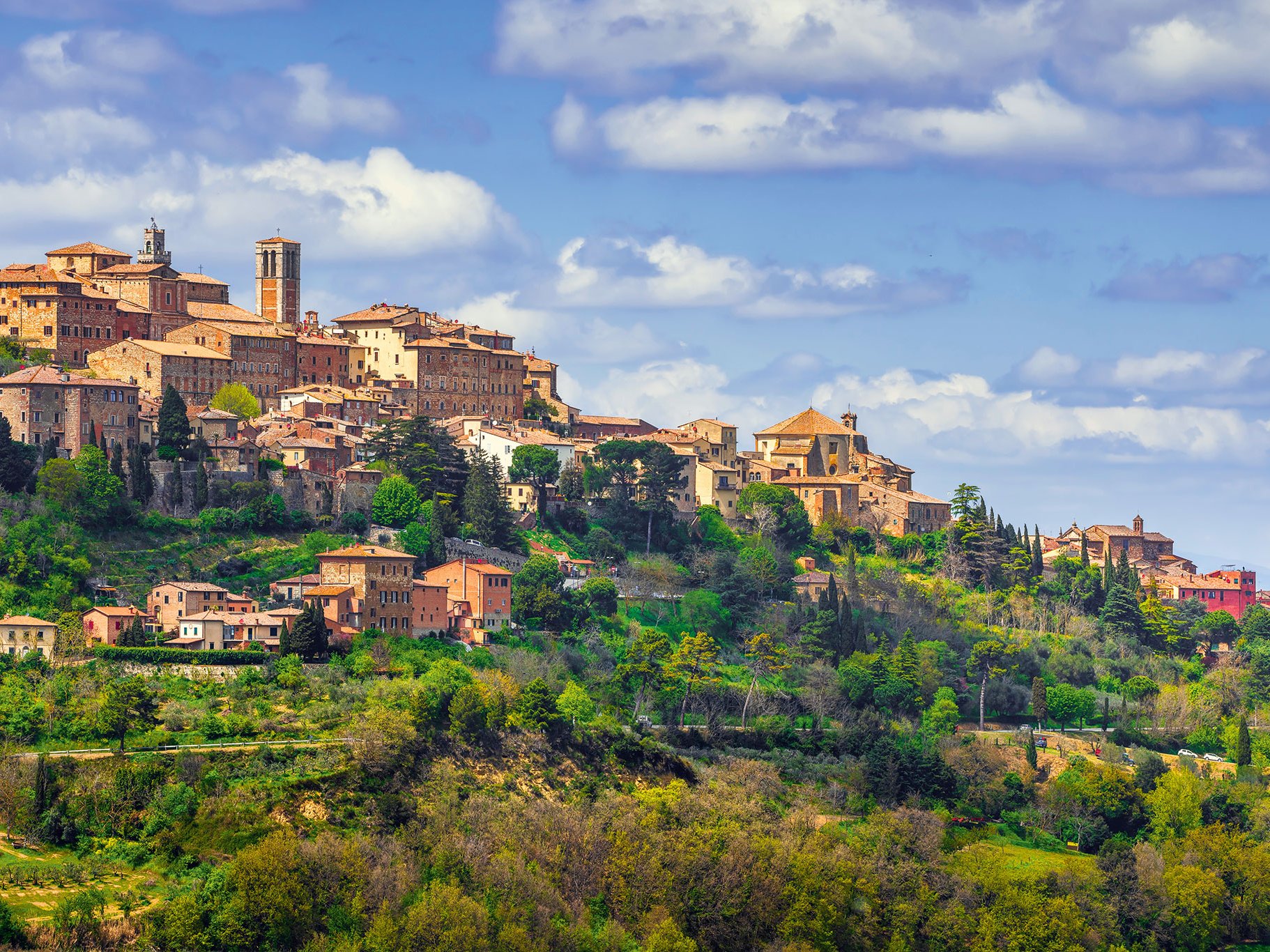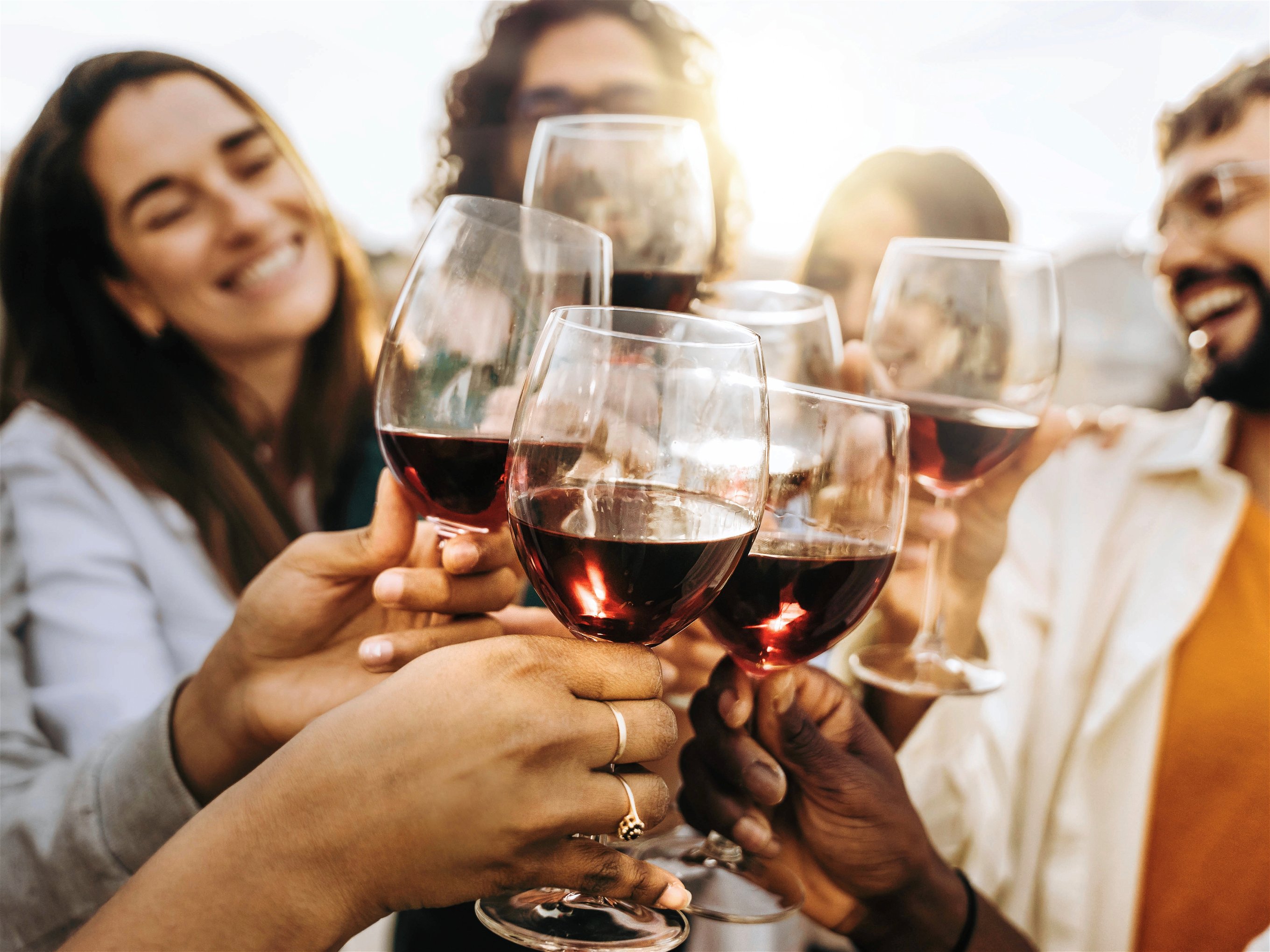Bordering Bairrada directly inland, Dão is one of Portugal's largest wine growing regions, with approximately 20,000 hectares of vines. Surrounded on three sides by granite mountains and also protected from the cool, damp influences of the Atlantic, Dão could produce the best red wines in the country. The warm, long and dry summers and the precipitation in winter in conjunction with the barren, stony soils offer the best conditions for this. In order to counteract the progressive fragmentation of small businesses, the Portuguese government in the 50s, 60s and 70s of the last century only allowed the establishment of cooperatives, private businesses or companies to buy finished wines. However, this practice did not lead to a qualitative boom. With Portugal's entry into the EU, this system had to be buried. Thanks to the initiative of some companies, such as the large producer Sogrape, the quality was subsequently significantly increased, so that today some remarkable wines come from the region, for example, from Dirk Niepoort, a scion of the famous port wine house Niepoort. Most of the production is based on red wines, made from a selection of grape varieties such as Touriga Nacional, which must make up at least 20 percent of a red wine blend. Other varieties include Bastardo, Tinta Roriz (in Spain Tempranillo), Jaen, Tinta Pinheira and others. The white wines produced here have long been quite oxidative, traditional and rustic. However, with the arrival of modern cellar technology, fresh, fruity, fragrant and contemporary white wines have been produced for some years, especially from the Encruzado grape variety, but also from Verdelho or Arinto (Malvasia Fina).
